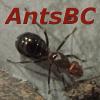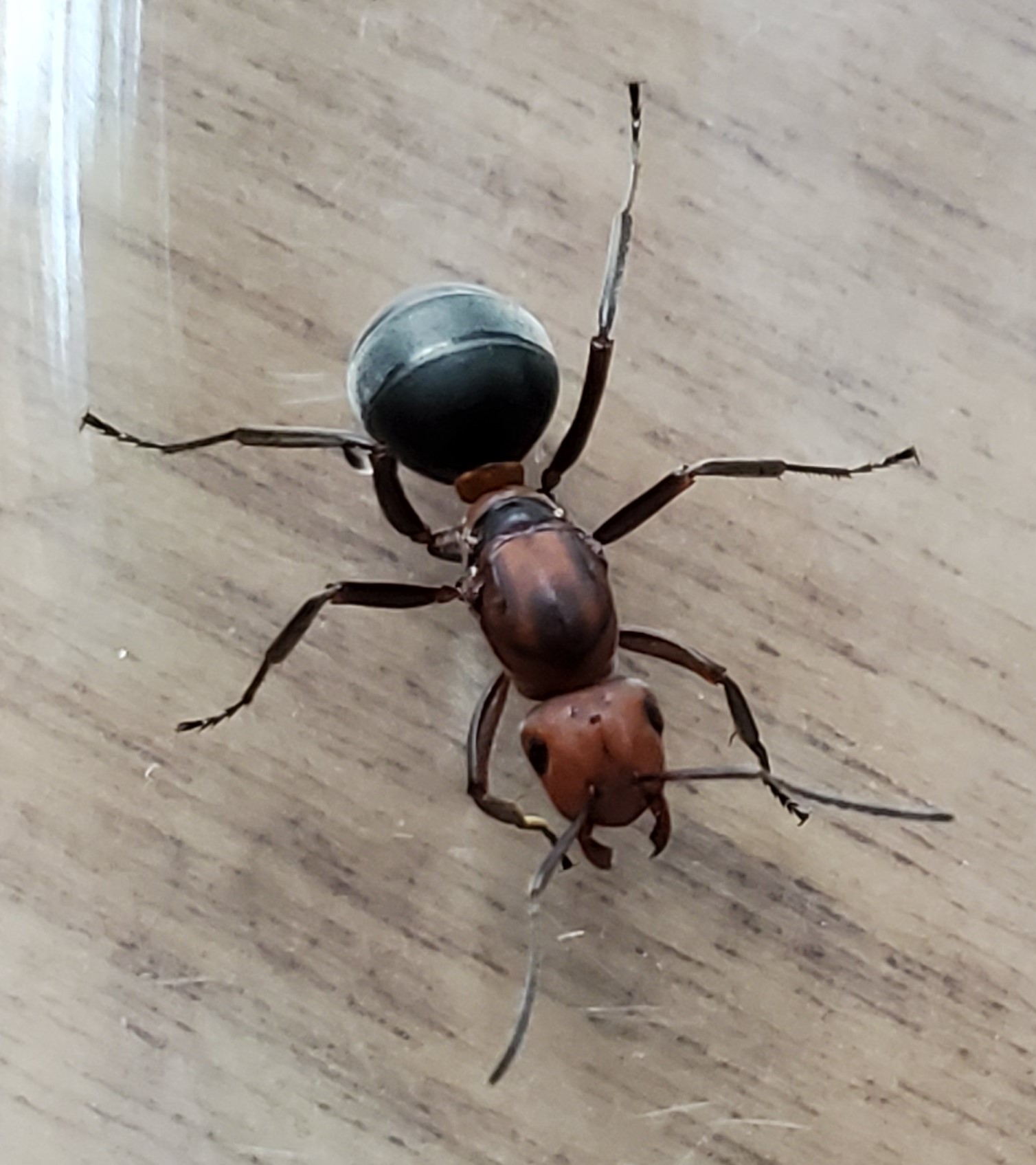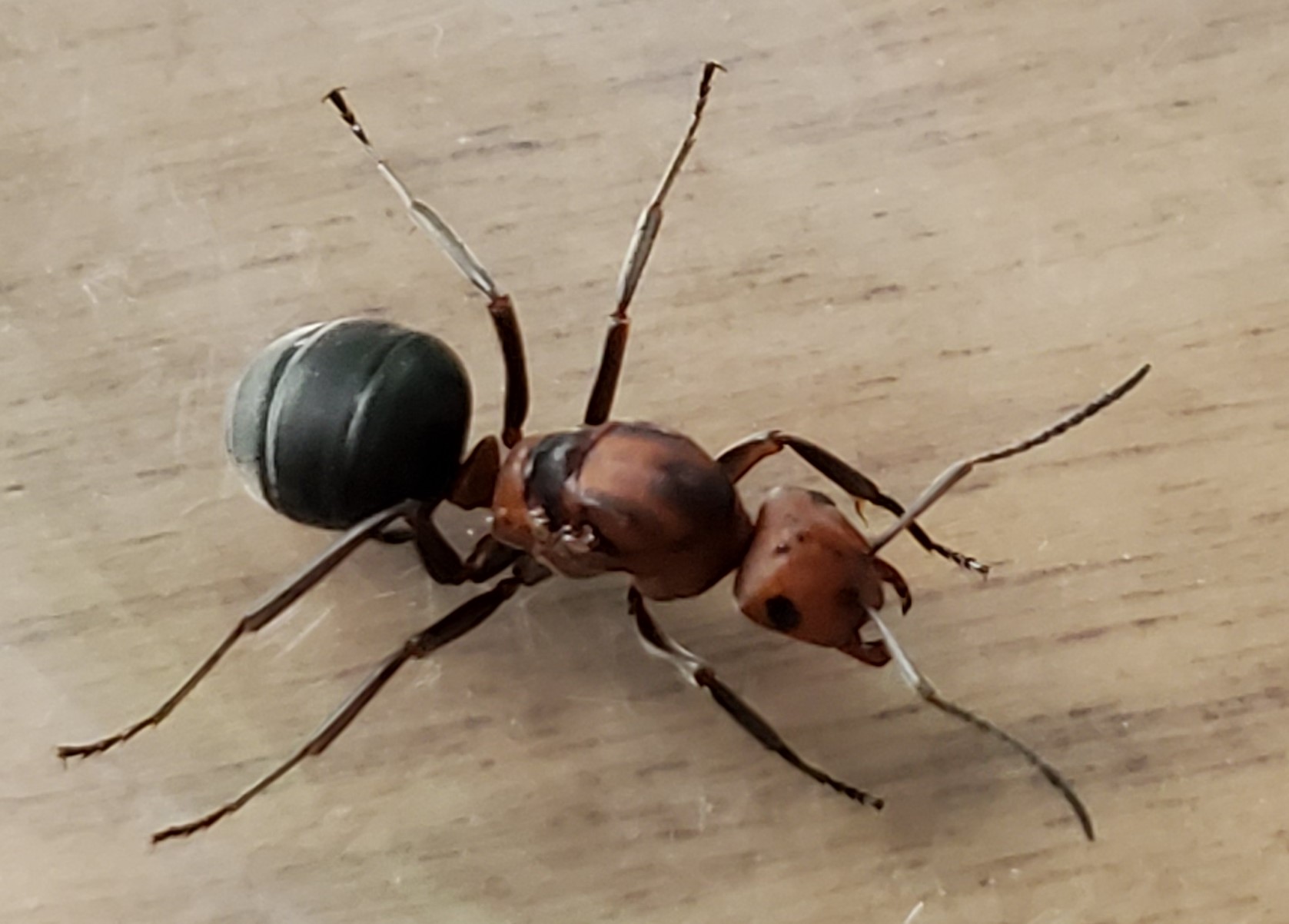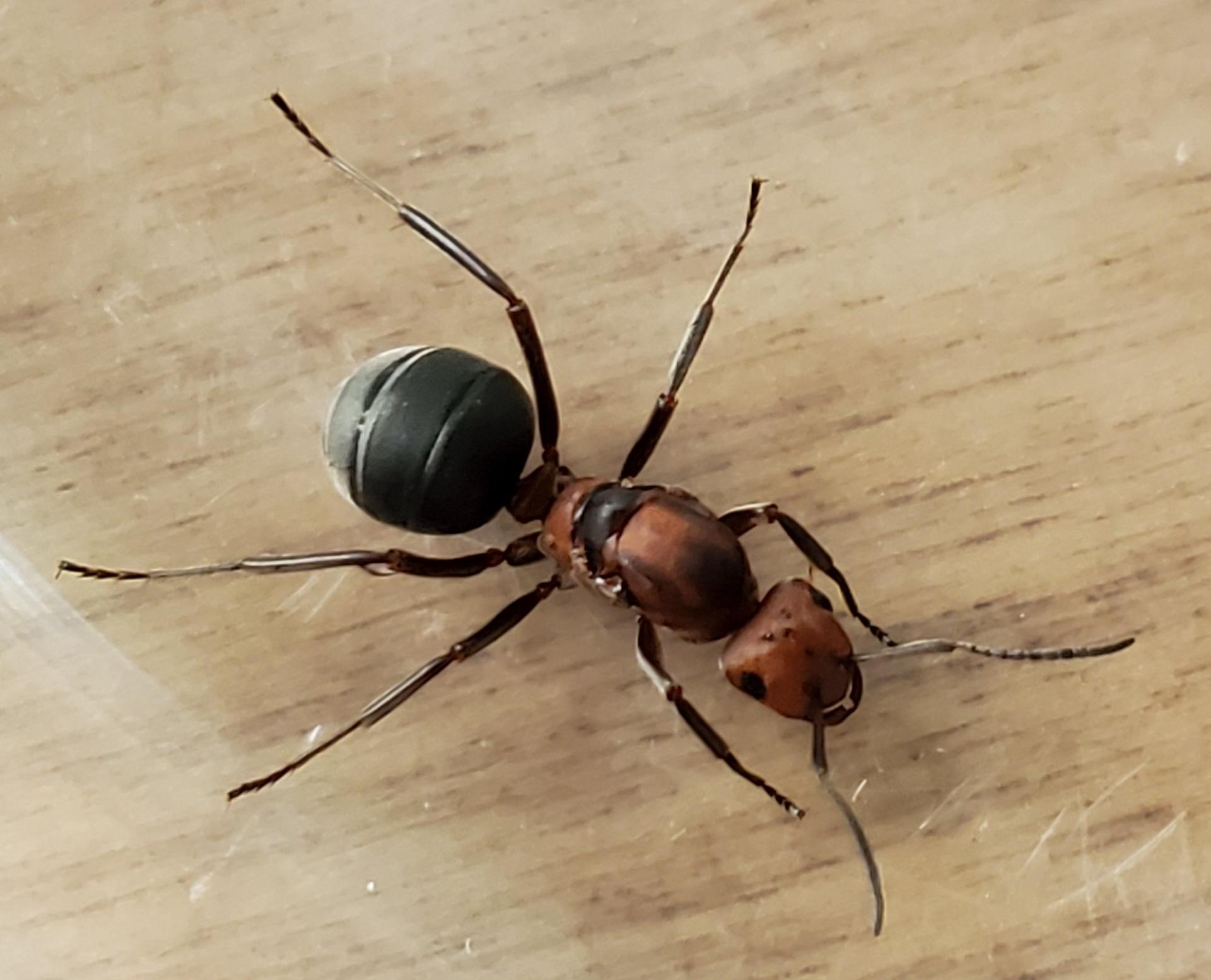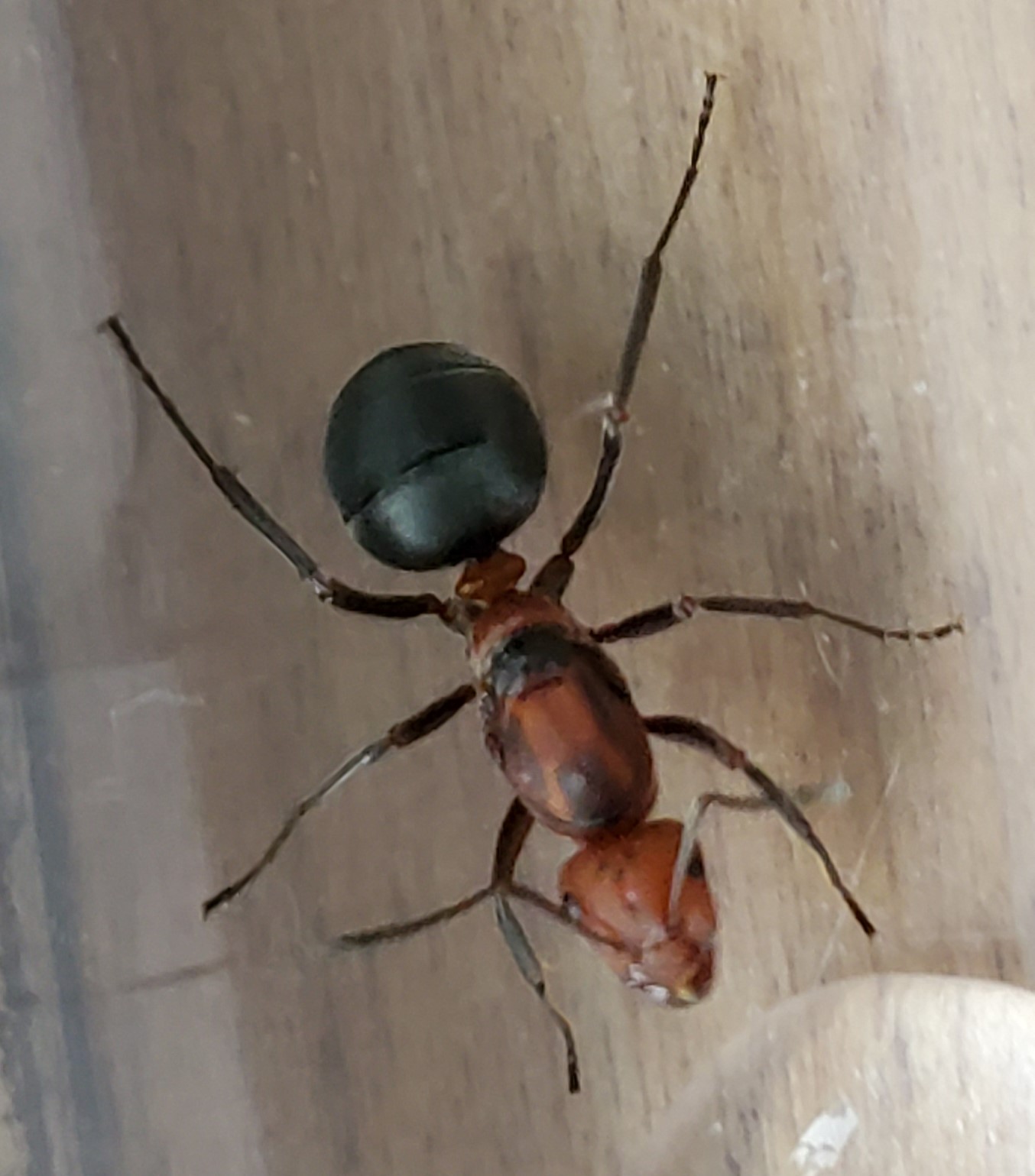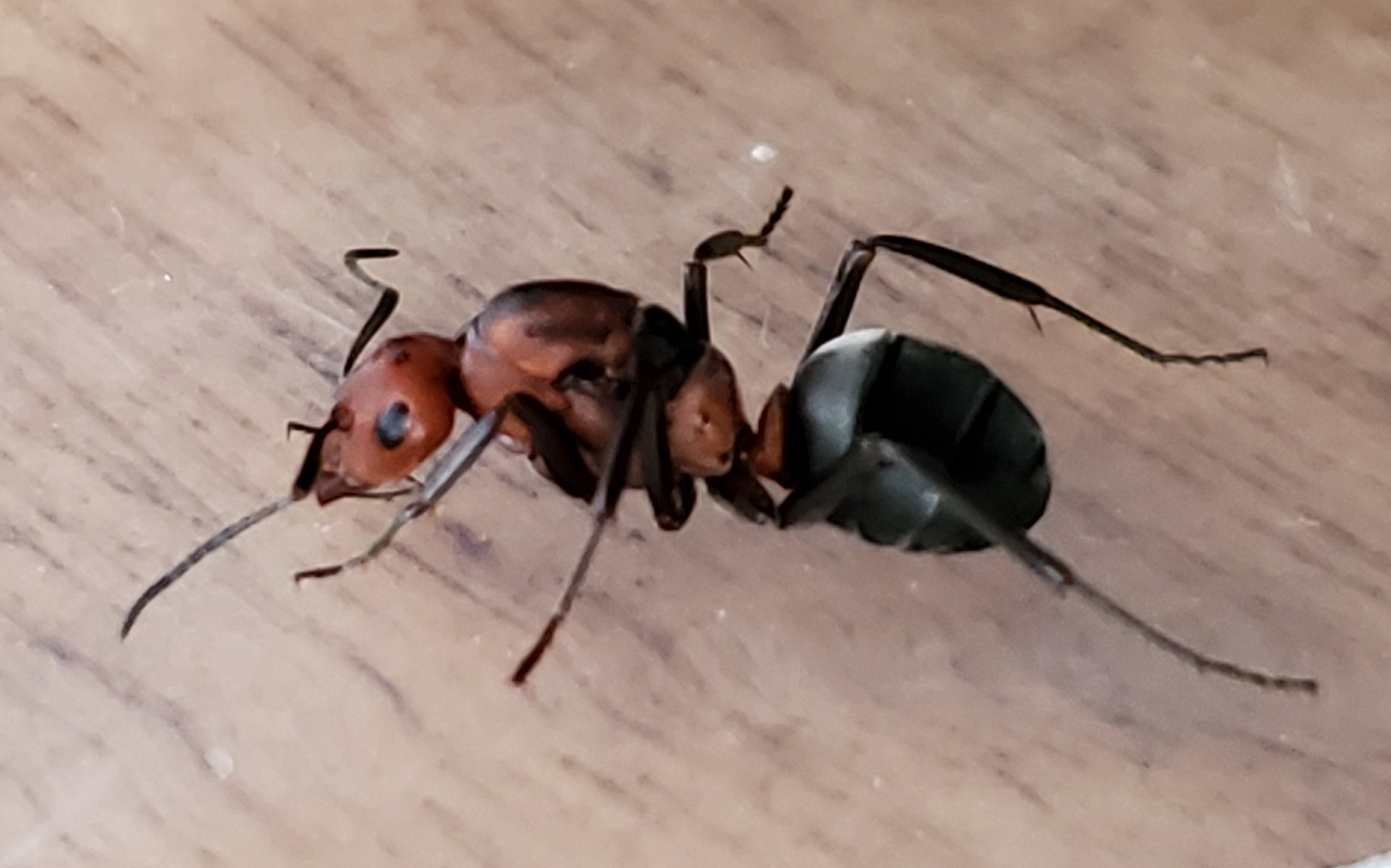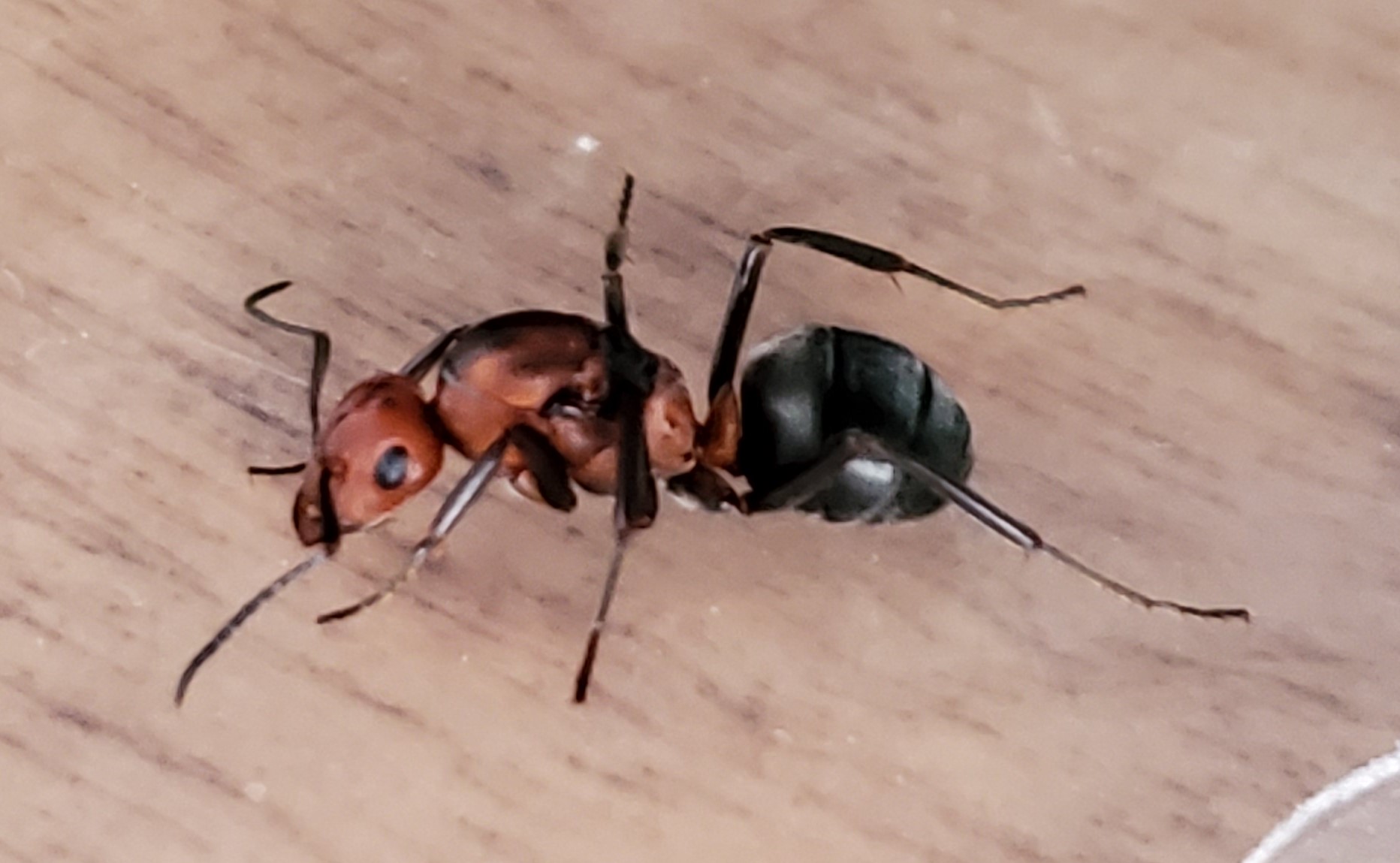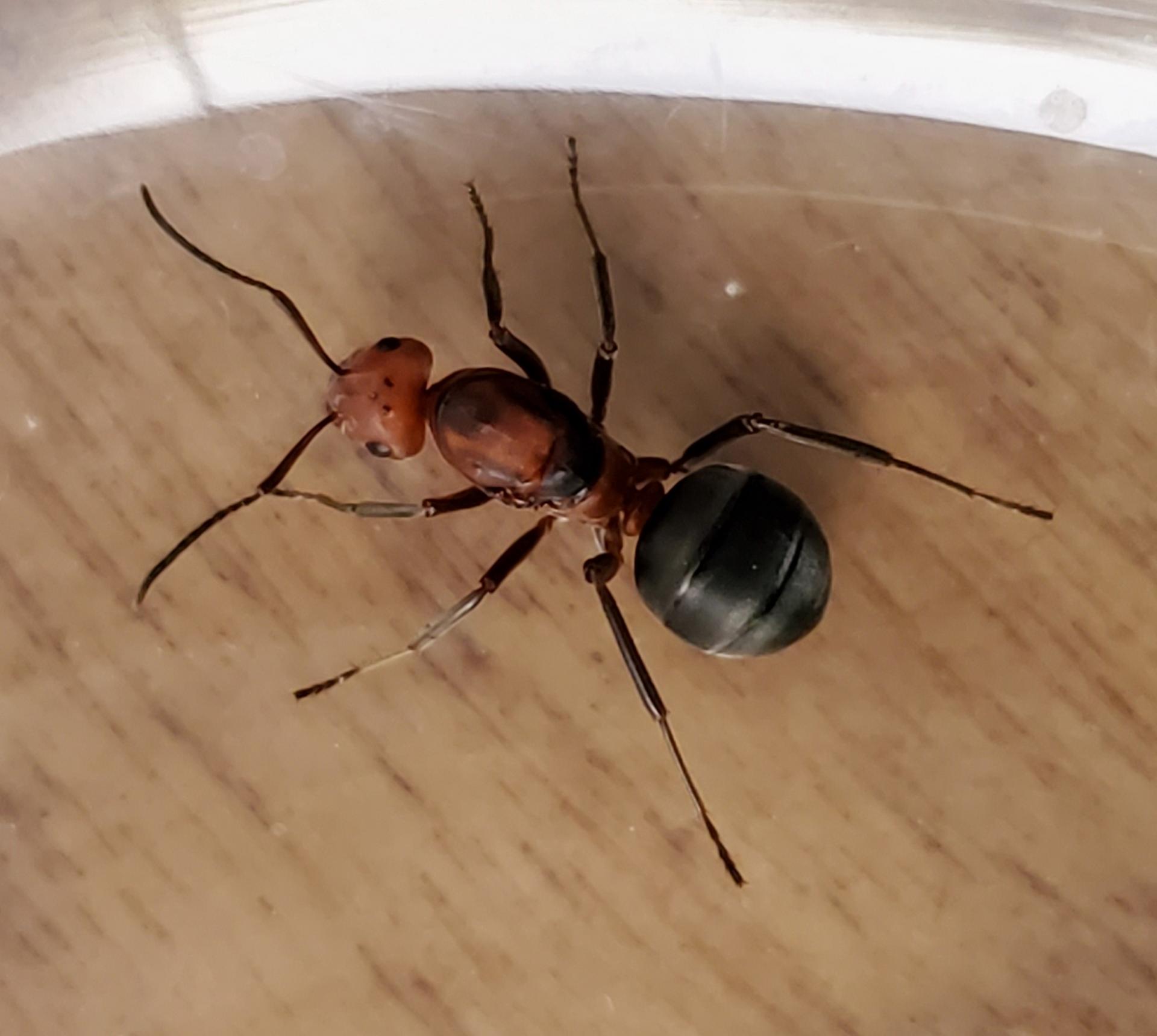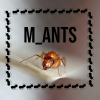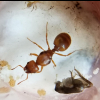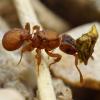1. Location of collection
Ashton, Idaho.
2. Date of collection
7-22-2020
3. Habitat of collection
Douglas fir forest, lodgepole pine. Same as Yellowstone park.
4. Length
About ½” or about 12mm
5. Coloration, hue, pattern and texture
The pictures are a little dark but the thorax is lighter than what the pics show.
6. Distinguishing characteristics
The pictures are a little dark but the thorax is lighter than what the pics show.
9. Nuptial flight time and date
I assume it was close to 7-22-2020 because it’s a queen


